Essay / AT THE BEGINNING THERE WAS THE DESERT
Settlements, totem and tribes
The desert has always been a place full of fascination for man. The Oxford Dictionary defines it as “a waterless, desolate area of land with little or no vegetation, typically one covered with sand”. An example of this, or rather the archetype of a ”desolate area” would be the Sinai desert, where we can observe two of its most important features.
The first being that due to an absence of water and vegetation, life becomes impossible; and a place where life cannot exist is the antithesis of an anthropized landscape, the opposite therefore of the artefact, of architecture or its settlement agglomerations.
The second feature concerns specifically the archetype of the western (or more precisely Mediterranean) desert: the Sahara, and the Sinai.
Here we find the meaning given to this place from an ascetic or metaphysical point of view, with extreme reference to the history of the Hebrew people— it is on Mount Sinai that they receive the Tablets of Stone. Therefore the desert takes on huge significance as the birthplace of the three great monotheistic religions of Mediterranean origin. It becomes the space in which man can reinvent himself through a state of isolation.
It is therefore apparent that the desert belongs more to an mystical inner world rather than the scientific domain of the rational mind. From the biblical theology of the desert of Moses, or the hermit of “Simòn del desierto” by Luis Buñuel, to the “villain” El topo by Alejandro Jodorowsky, the desert is considered the land of the mystic, of the inwards-looking, of the search for oneself, of the rebirth in new forms, whichever they may be.
It is precisely on how this aspect is closely linked to symbolic architecture that we will focus our attention.
The first architecture we will visit on our journey through the desert is the Tabernacle. According to the Hebrew religion it is the primordial architecture; a basic element of their forty year search for the Promised Land. To wander in the desert is then fundamental in discovering the land of Canaan.
The Tabernacle was a mobile sanctuary thoroughly described in the book of Exodus. Our regular interpretation of a temple is that it can be settled. Even though for Hebrews and Christians the Tabernacle is God’s house, in Latin it simply means “abode”. Its etymology then bring us back to the archetype of the shelter. Observing its Latin root, both tabernaculum or taberna derive from the word tabula, wooden board, matrix of possible architectures. The Latin meaning of Tabernaculum was hut, meant as a military encampment. A sort of foundational military outpost, a settlement from which a possible conurbation could flourish.
If we consider the Tabernacle from an architectural point of view, it is extremely simple, but it already embodies the features and structure of the urban matrix. It is a fenced area, a corral with an architecture in the middle. This architecture presents a clear distinction in terms of the spaces and the powers that live within it. It is divided in fact, in two parts: the Holy Space and behind it the Holy of Holies, the inner sanctuary of the Tabernacle, respectively accessible to priests and Levites. According to their tradition, it symbolised the structure of the Cosmos and the future history of the 12 Tribes of Israel until the Messianic age. It was a cosmology, it represents the entire universe, thus it was a narration and a vision of the life that surrounded them.
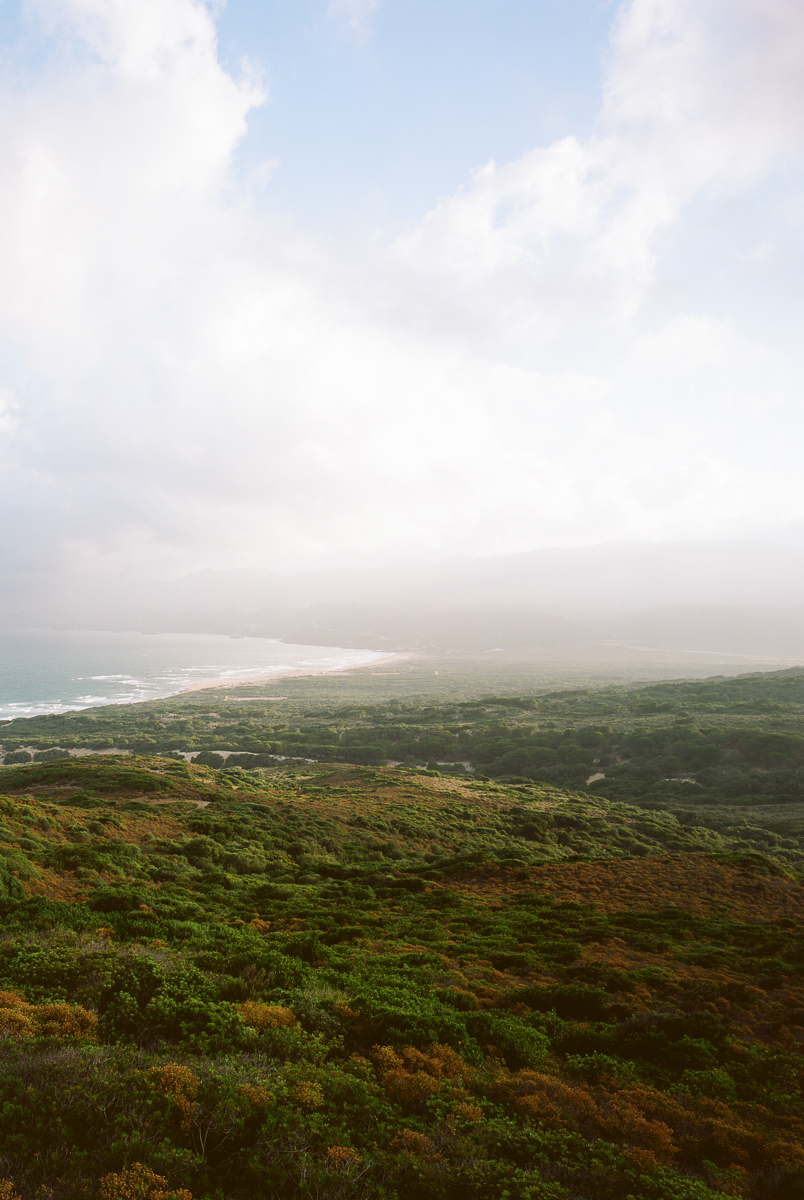
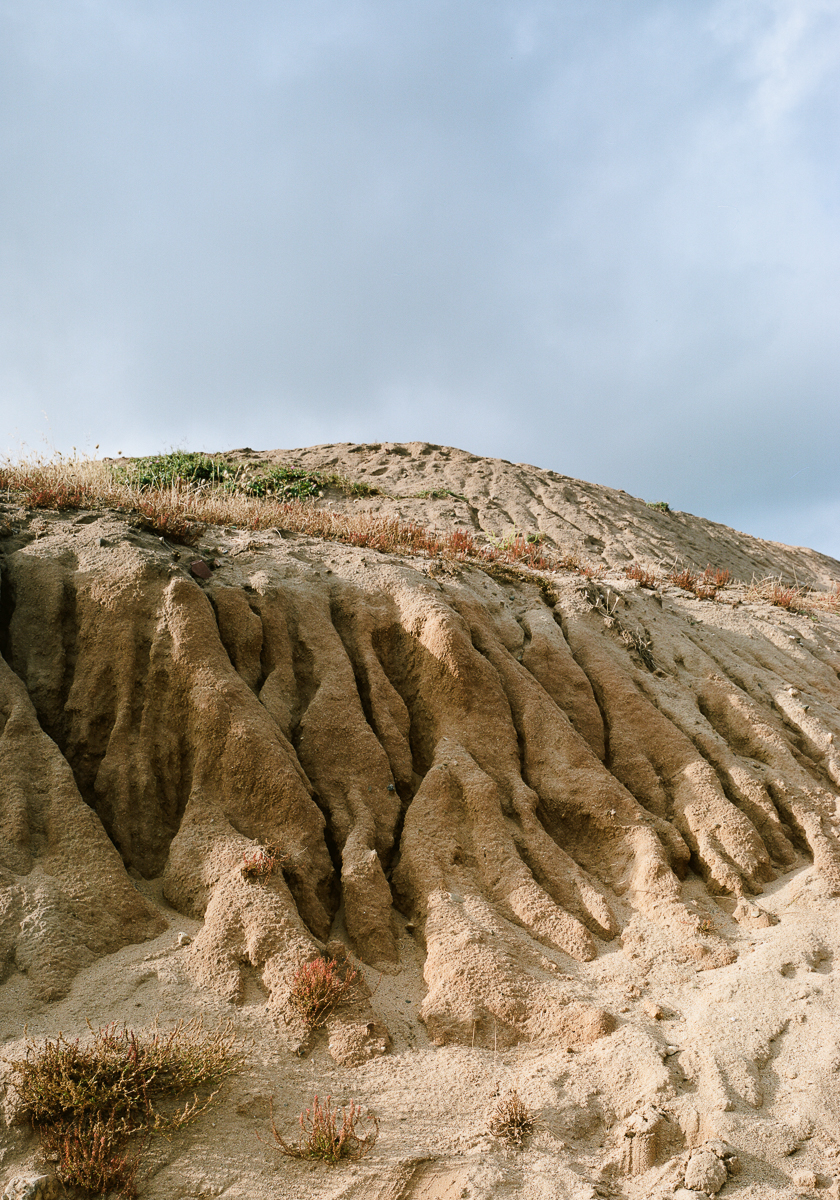
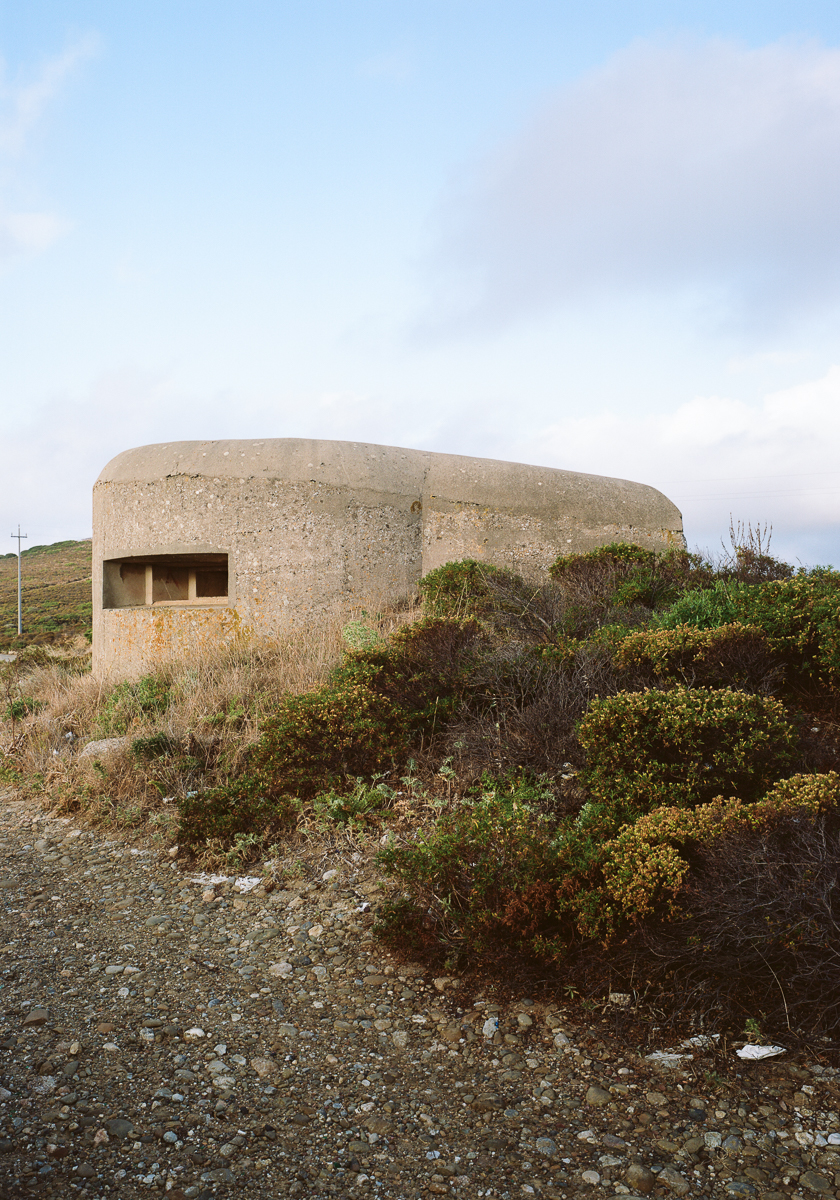

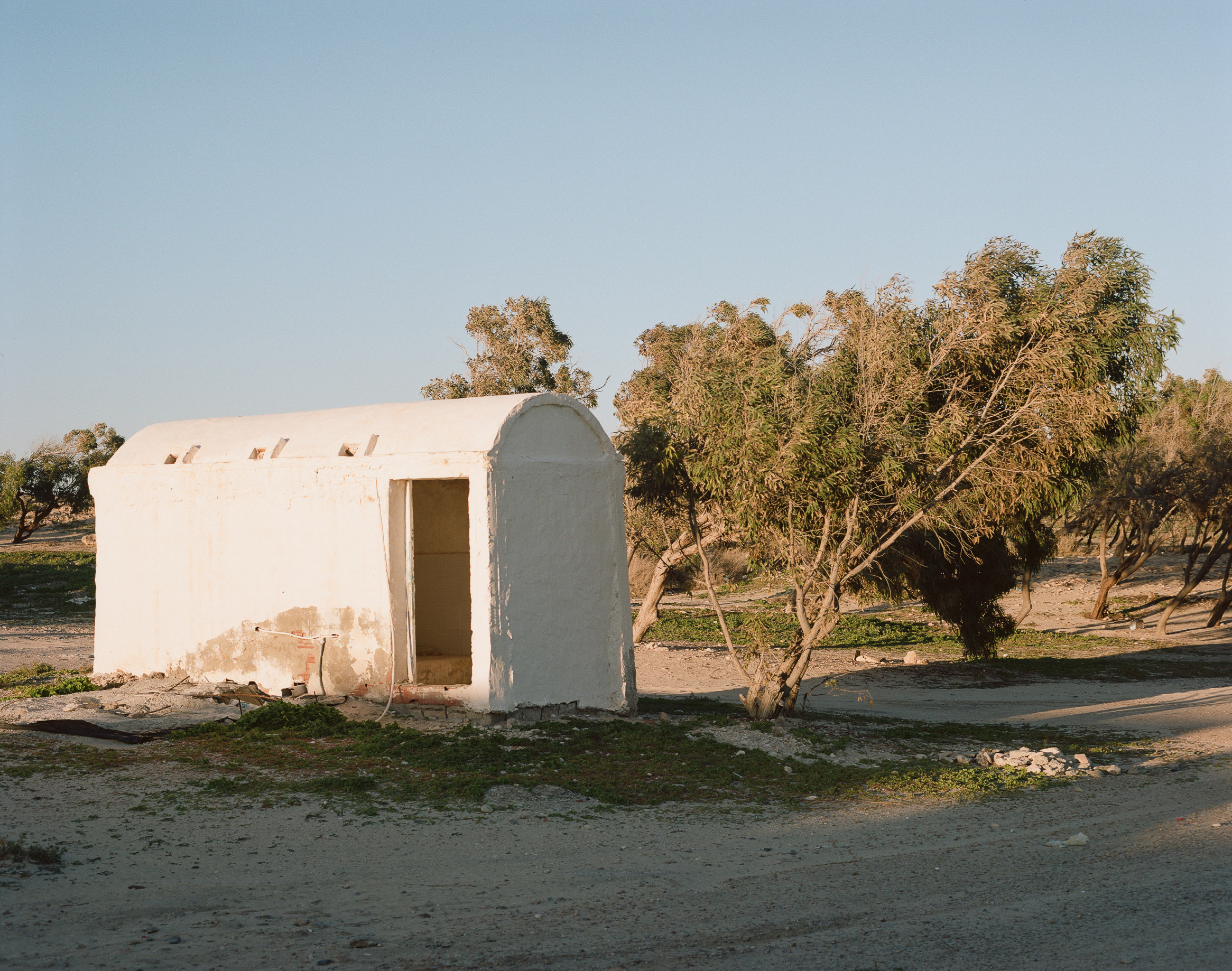

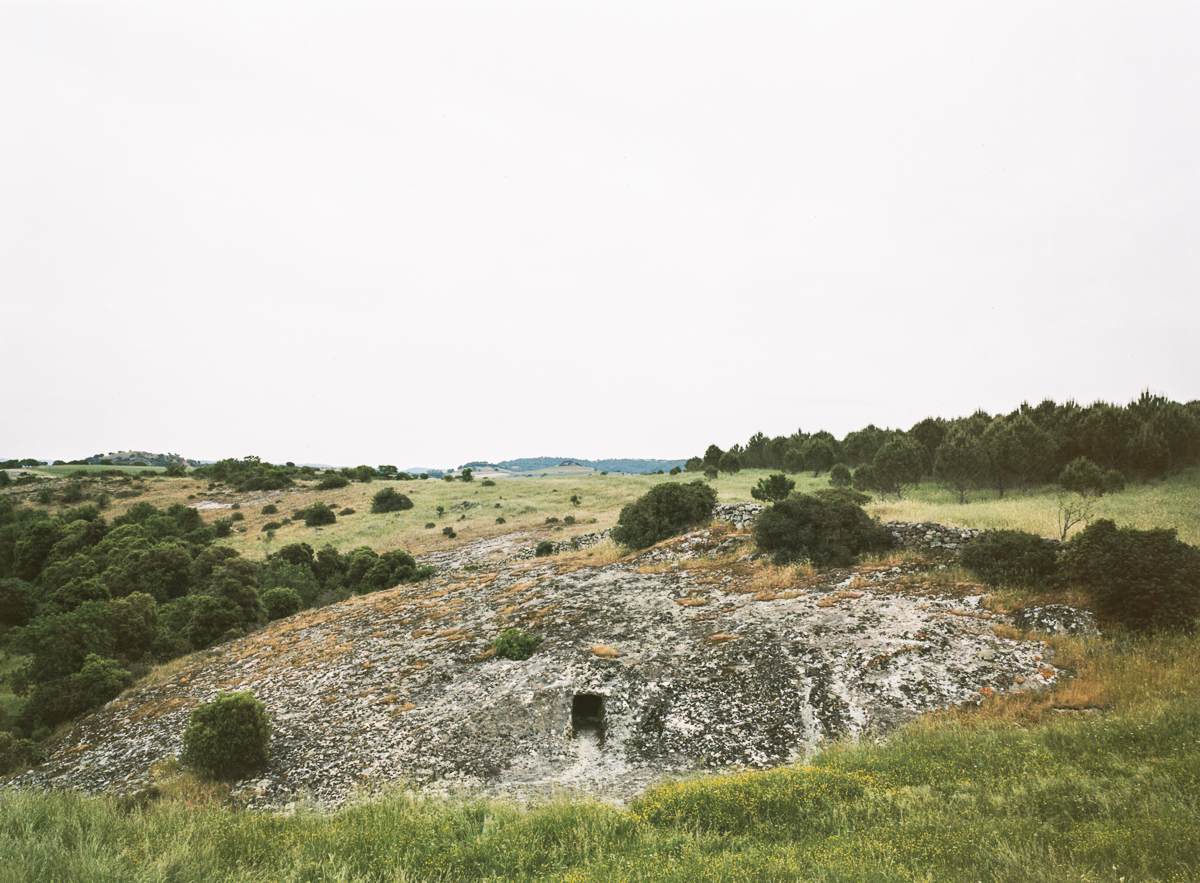
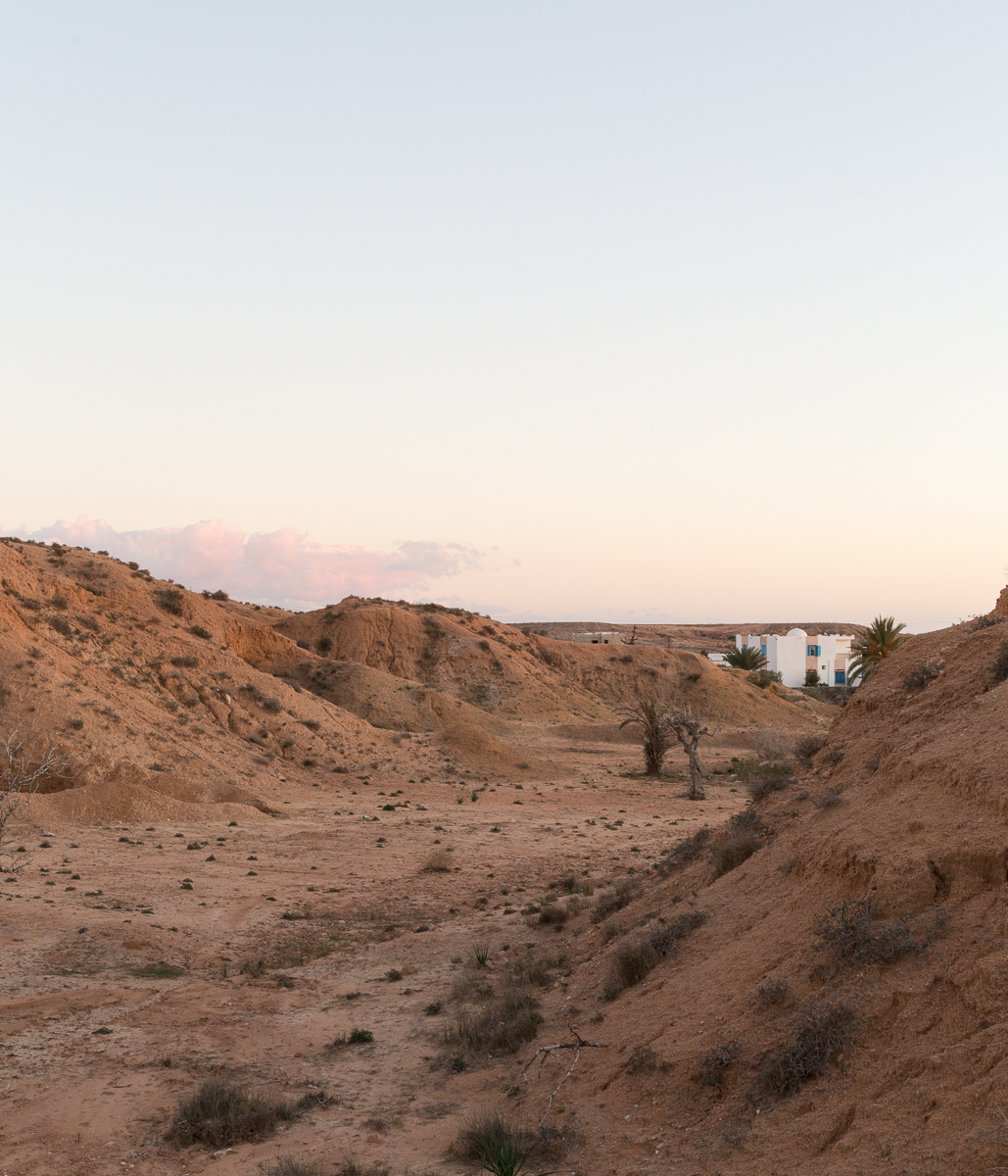
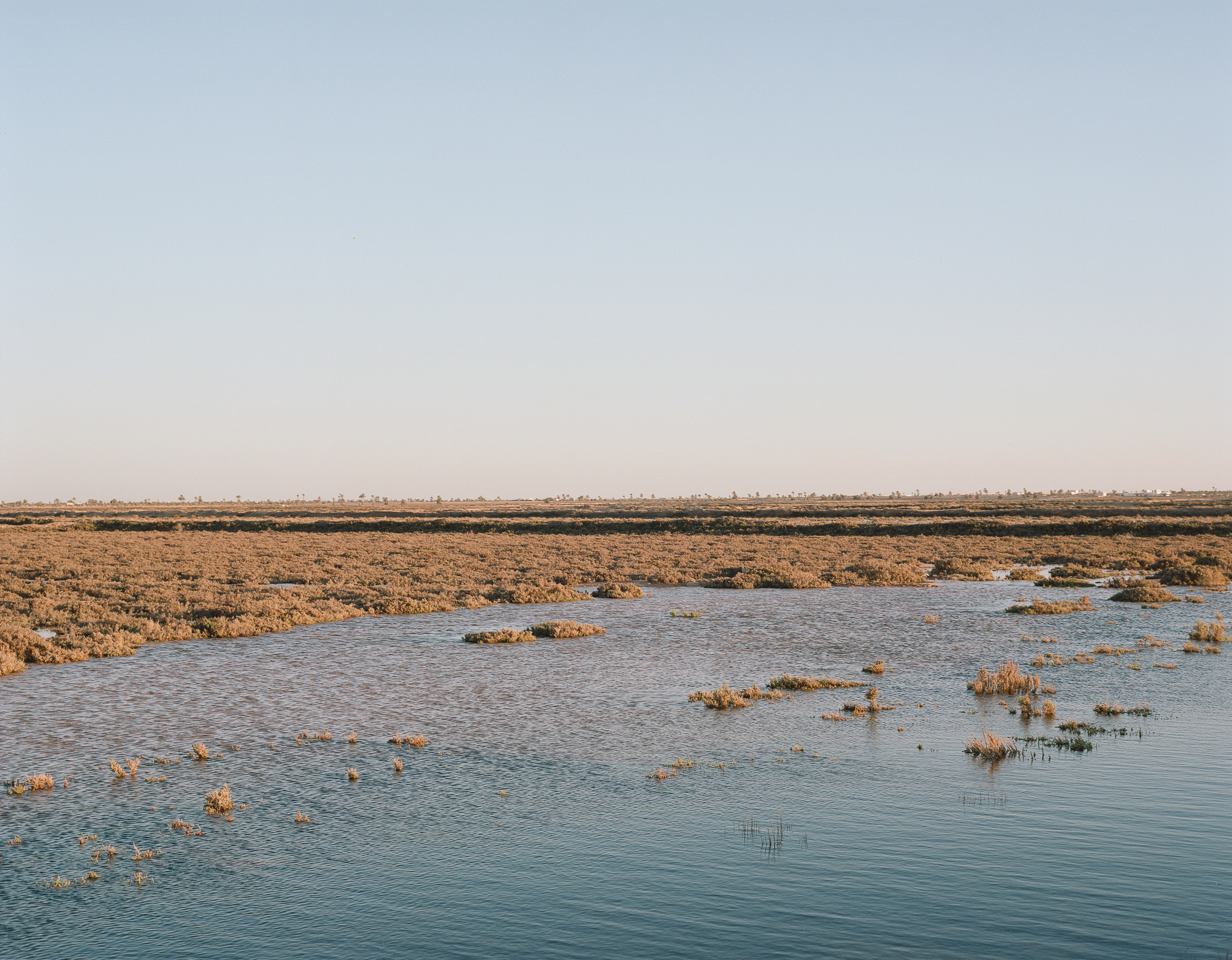
In “At the beginning there was the desert. Settlements, totem and tribes” we tried to explore some architectures of the desert, to find some new tabernacles in our imagination, in our inner selves. These tabernacles are stories, each of them narrating new cults and civilisations. Each one is a temple of a new vision of the world, a vision which is birthed around these elements. They are not formal explorations. These are artefacts from the desert and from the people that live them.
The elements were manipulated during a four-day session of isolation, in reference to the 40 years of wandering into the wilderness by the Hebrew people.
In this desert symbols and signs mix together to become universal; ingredients for a new tribalism. They lose their geographical origins and come to a new life. They go beyond the cultural appropriation, towards an universalism that brings back memories of experiments such as the Esperanto, where different worlds can merge without losing their identity and disappearing. Visual and formal, architectural and infographic elements merge in these new temples of “possible worlds”.
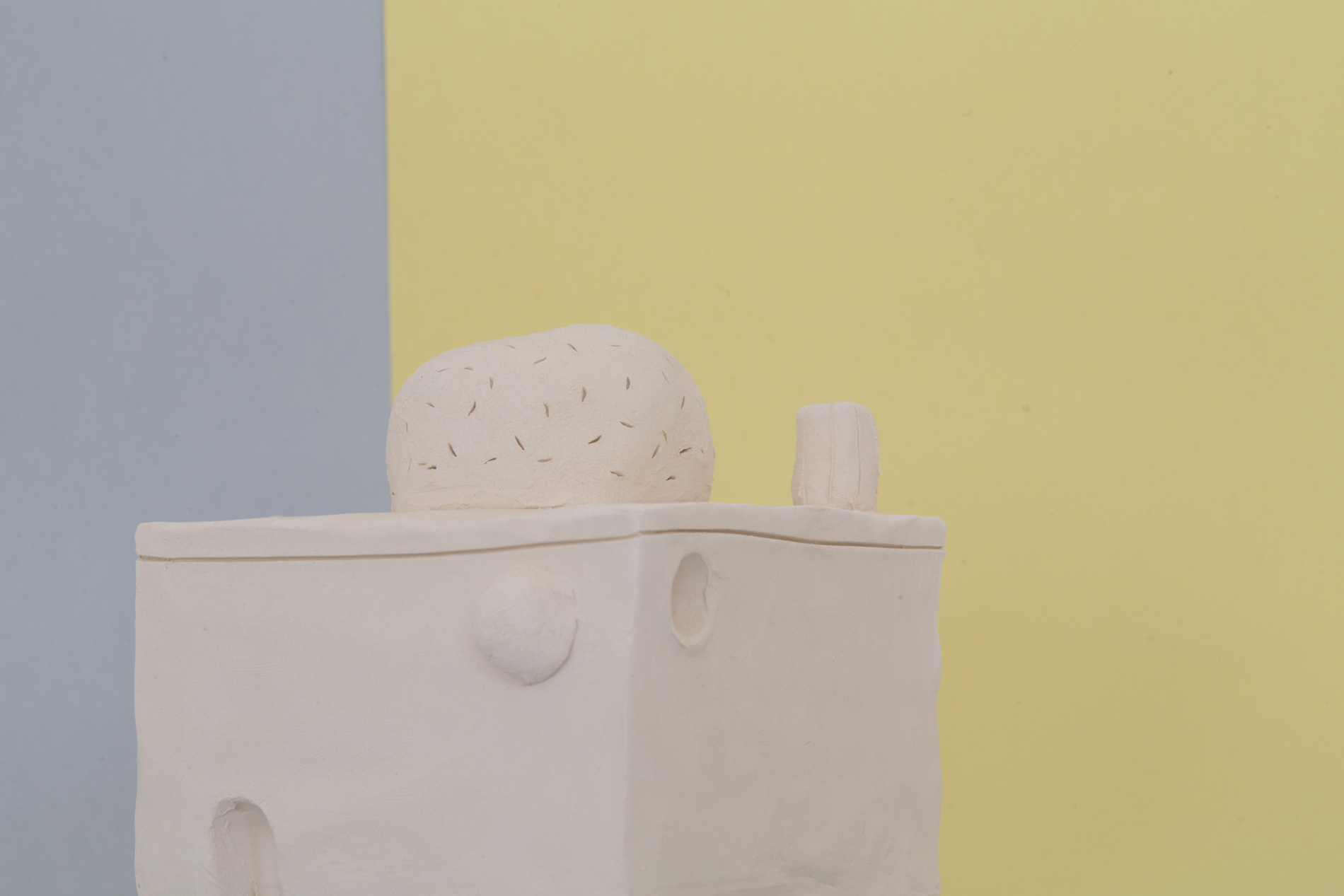
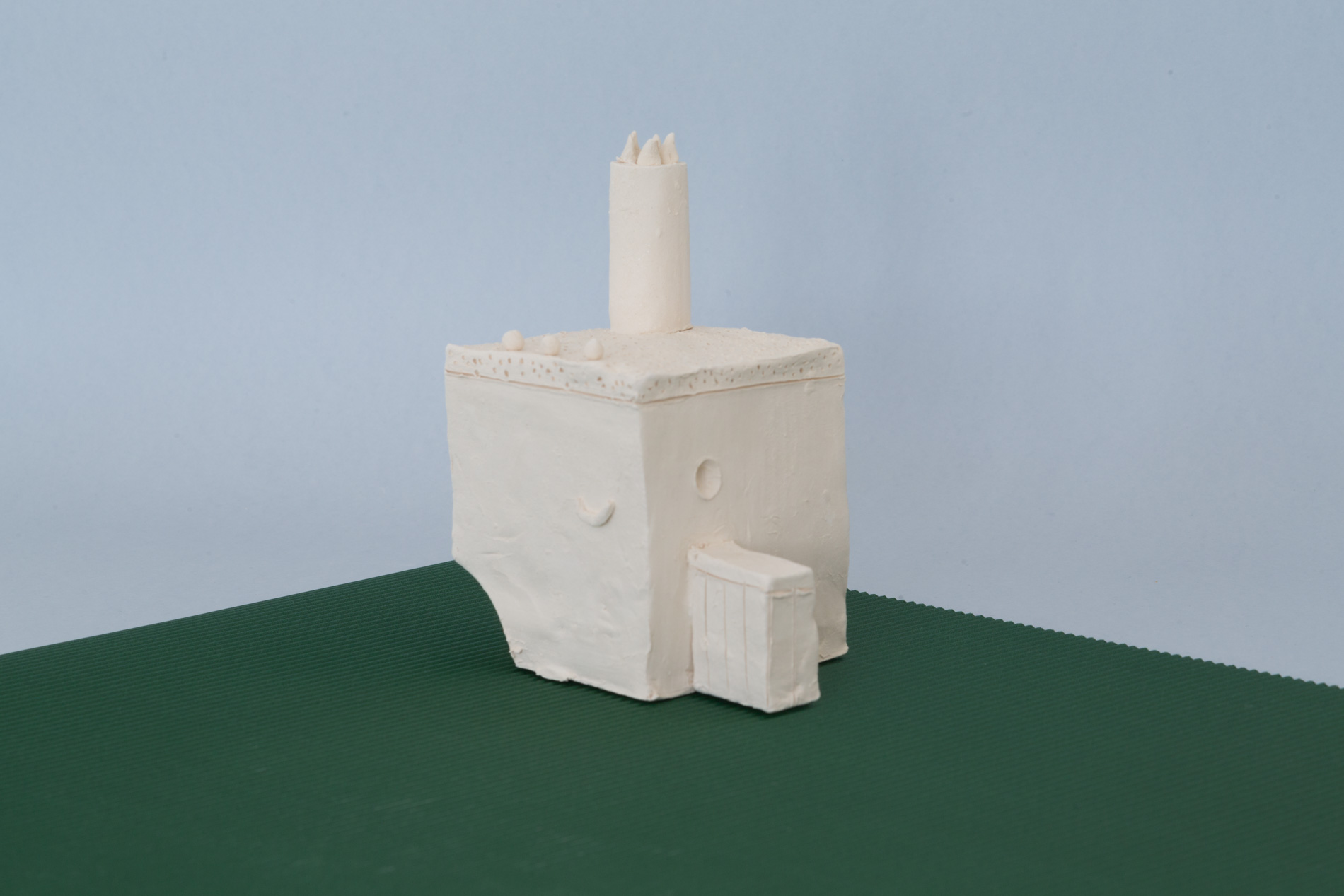
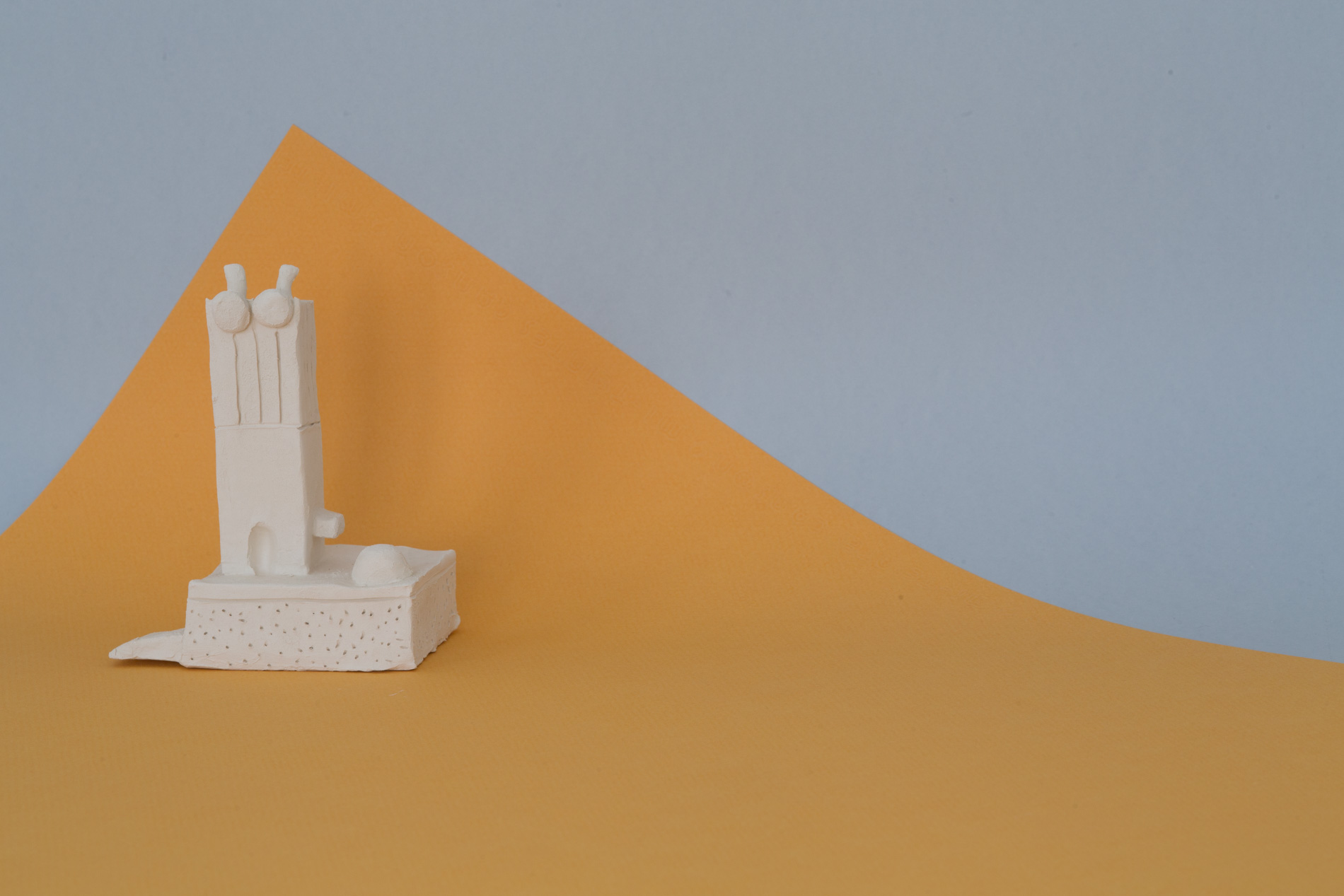
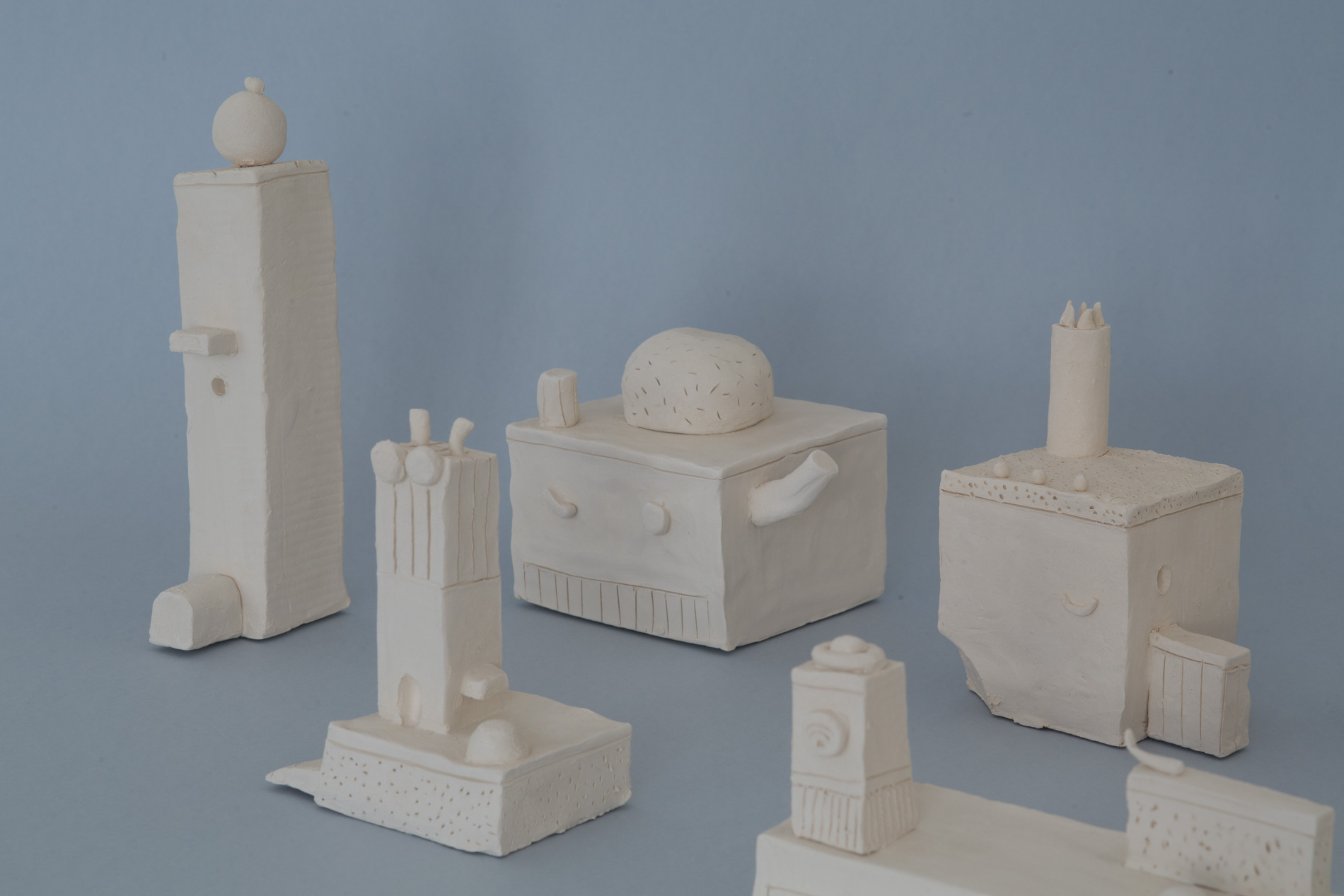
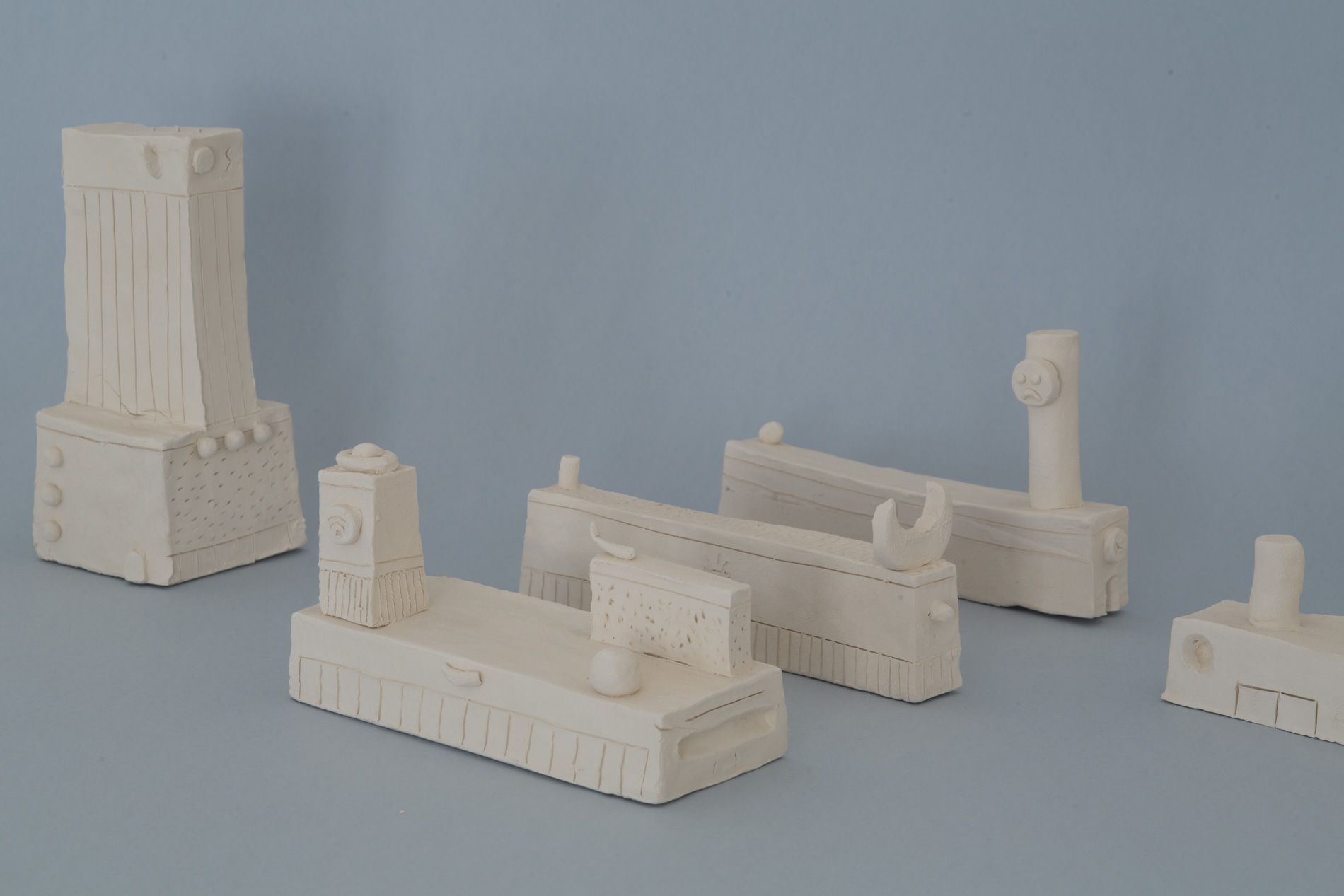
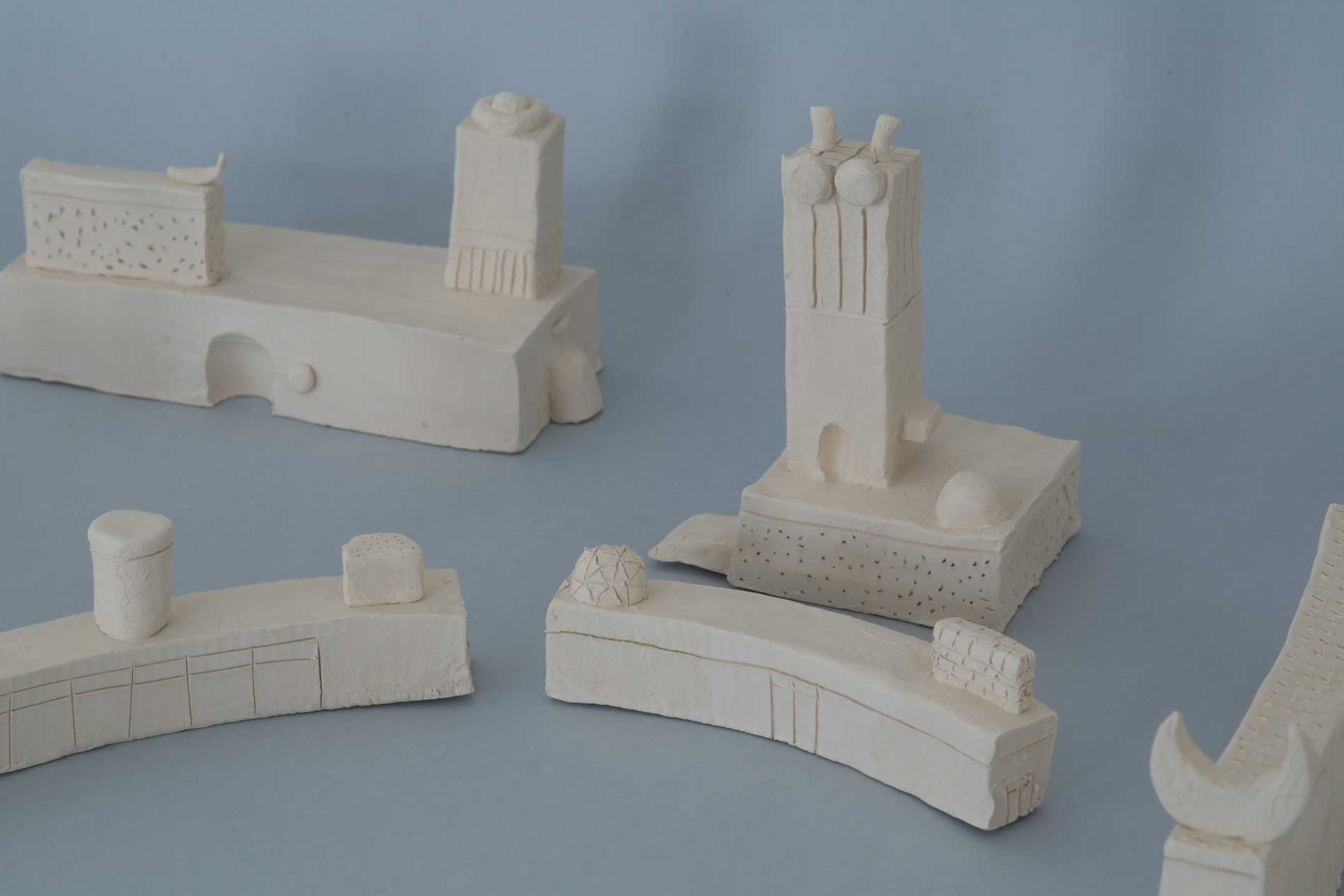
Essay by Parasite 2.0, Photography by Giaime Meloni.